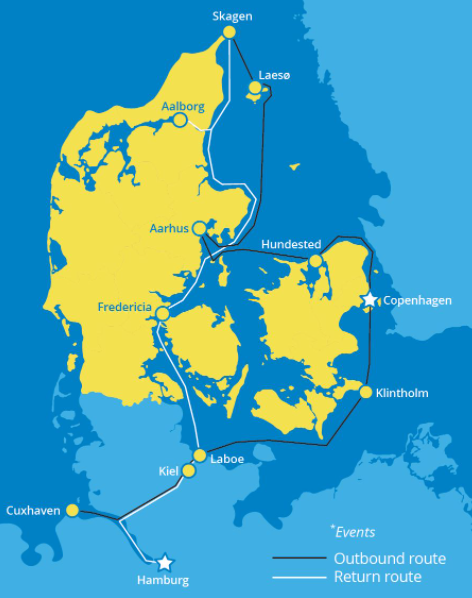eLearning training provider OneLearn Global has launched the ‘Entry Into Enclosed Spaces’ course in response to sobering figures that show an alarming number of fatalities in recent years.
From 2015 to 2020, 83 crew members died while working in an enclosed space, with 53% of deaths attributed to oxygen depletion and 60% of all incidents taking place in the cargo hold, according to the International Group of P&I Clubs.
A 2019 report by the International Transport Workers Federation revealed 145 casualties in enclosed spaces dating back to 1999. Of those fatalities, 28 (16 dockers and 12 seafarers) occurred in the 16 months leading up to January 2018. The causes were asphyxiation, explosions or falls involving seafarers who passed out because of poor air quality.
“A lack of training can lead to costly, potentially fatal mistakes for seafarers working in enclosed spaces,” said Nigel Cleave, Senior Advisor at OneLearn Global. “To avoid further tragedies, it’s absolutely paramount that seafarers get the right training and education before heading into confined areas with numerous hazards. Being blunt, a course like ours could be the difference between someone emerging unharmed or losing their life.”
The new OneLearn Global course outlines the preventative and protective measures crew members should take before entering enclosed spaces on board. Its 10 learning objectives help seafarers to identify the confined areas throughout a vessel, recognise the associated hazards and understand the risk assessment procedure for entering potentially dangerous spaces.
All duties and responsibilities of involved persons, space entry safety requirements and rescuing a seafarer from an enclosed space are also covered.
Learners are taken through various animated or video scenarios to explore the potential risks and procedures facing crew members and to identify the mistakes made by the fictious characters. Moreover, crew members explore the subject through captivating infographics, imagery, concise explanations and bullet points.
The bite-sized learning course is divided into seven sections, giving seafarers the freedom to choose how much they complete when logging into OneLearn’s industry leading Learning Management System.













